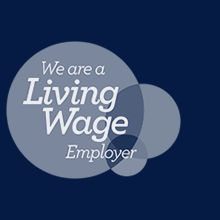An umbilical hernia occurs when the umbilical ring in the abdominal wall has not closed completely. This presents as a visible swelling but the underlying fascial defect will actually be smaller than the swelling itself.
This is common in infancy and can look rather impressive. The vast majority of umbilical hernias close spontaneously by the age of 4 years. Umbilical hernias are of cosmetic relevance only. It would be extremely unusual for an umbilical hernia to cause abdominal pain or for the hernia to become incarcerated.
The size of a hernia in the first few months is not predictive of the likelihood of closure so large hernias do not require earlier referral.
Special Considerations
Umbilical hernias may be larger and are more common in children with connective tissue disorders, trisomy 21 or children of African ethnicity. For these children the umbilical hernia is likely to be larger and is less likely to close spontaneously or may take longer to close.
Who to refer:
Children with an umbilical hernia persisting after age 4 years, if that is what the family wish.
Who not to refer:
Any child with an asymptomatic umbilical hernia who is younger than 4 years of age.
How to refer:
Please refer via SCI Gateway
Referral Priority
An umbilical hernia will be vetted as a routine referral.
Surgical Priority
Repair of umbilical hernia is a non-urgent procedure.
Options for Management in Primary care
- Simple reassurance













